Artificial Intelligence and Machine Learning in Trading
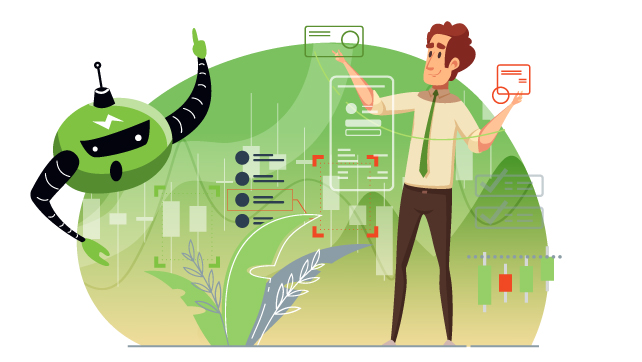
Over the past 60 years, AI and machine learning have made a breathtaking jump from science fiction to the real world. Though these technologies are still in their youth with greater ambitions to satisfy, they have already transformed our lives drastically. The word AI is highly misused and overused, making us think that everything from a taxi app to a toothbrush is powered by it. In reality, the technology that stands behind these inventions is changing the world right here and now.
It speeds up diagnosis in hospitals, makes cars move without drivers, generates music, and writes for the novelists (it is giving me Heebie-Jeebies). And I am not speaking about the fact that AI overplayed gamers in Dota 2. Why does it have to ruin it for them?
We read a lot about AI and visualize a supercomputer from a sci-fi movie that is smarter than any creature in the universe. To come down to earth, let's give distinct definitions.
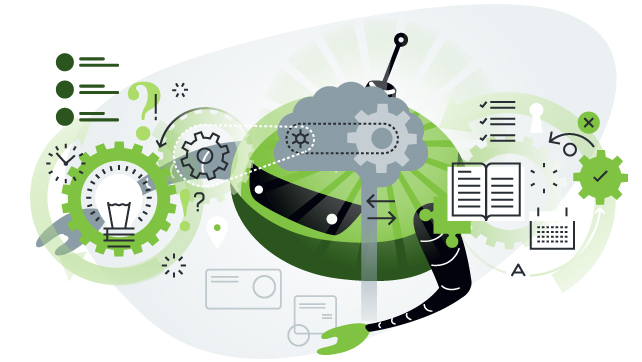
Artificial Intelligence (AI) aims at replicating the human level of intelligence by a machine. And this is the aim that people haven't reached yet. It's more precise to talk about "machine learning" rather than AI. Machine Learning (ML) is a technology that teaches a machine to perform better once you increase the data given to it. The fantastic thing about it is that it can automate mundane tasks people struggle with during their day-to-day routine.
Do not mix up the mentioned technologies with FX robots. The latter are programmed by people to perform this or that action while in case of ML you just provide more and more data and a machine is learning to process it according to your needs.
Now with all the definitions carefully sorted out, let's ask ourselves the only question that bothers us as traders. What about trading and financial investments? Can ML conquer these spheres?
Humans VS Machines
The field of trading is a rather tricky one to apply ML because it involves not only rational factors that influence price fluctuations but a lot of psychological, environmental, political, and economic variables that create the market's ups and downs. The engineers can teach machines to predict sequences and outcomes by analyzing the data as time series. For example, buy-sell decisions per stock during a decade. But what should they do with the other supporting info?
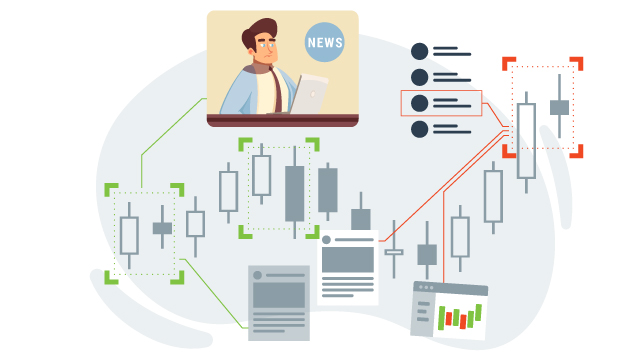
Sentimental Indicators
ML experts conduct experiments for predicting stock trading results by combining q-learning, sentiment analysis, and knowledge graphs. Sentimental indicators analyze news headlines or full articles in social media and news agencies and connect them to the buy-sell data collected by q-learning.
First, a machine learns to extract meaningful words and pay no attention to noise info. Then via knowledge graphs, it studies how to allocate these words to the stocks in question. For example, a simple search won't connect Bill Gates and Microsoft stock, while the knowledge graph will. Thus, even some things mentioned in the article that relate to the stock implicitly can be analyzed by the machine as meaningful data.
The whole process takes a lot of time and resources. But already now it is worth the efforts. The investor sentiment indicators are sold to banks, pro traders, hedge funds, social trading platforms, and the like.
Trading Signals
Always keep in mind that a trading signal is not a direct call to action but rather an up-to-date notice that informs you about market opportunities. Depending on your risk tolerance, investment horizons, and trading strategies you stick up to, it is still you who decides which signal to follow.
Traditionally the signals are created by analysts. But when it comes to data analysis, ML has a great advantage. It can go through a large number of metrics from different sources in a comparatively short period. Nowadays, if used correctly and responsibly, ML analyses mostly past data and can generate trading signals for a more long-term perspective.
However, a lot of companies superficially use ML capacities and scan data 24/7 producing more prompt signals throughout the day. Experts suppose you shouldn't rely on such notifications and encourage you to avoid them when making market decisions.
Thus, if followed wisely, trading signals generated by ML can optimize your risk/reward ratio.
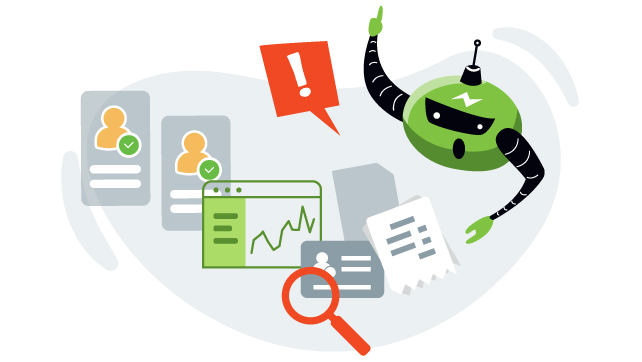
Prevention of Fraud
At some point, trading becomes a routine. You perform more or less the same actions daily, and your mind starts seeing them like sheep jumping back and forth, back and forth. It can lull your brain to sleep or make it less concentrated. Your eyes may glaze over, and you won't notice when a transaction goes not so smoothly as it should.
With ML, you will never get in such trouble! A machine is taught to analyze millions of patterns, and when any slight inconsistency appears, you'll get notified. In most cases, unusual patterns stand for dangerous ones. The ability to define abnormal behavior may save traders from a money loss when investing large amounts.
Moreover, ML may help to work with personalized data. When new traders create accounts with a broker, there can be fraudsters with fake IDs and bad intentions. With applied AI and ML, validation of authenticity goes faster, which lets international brokerages like FBS accept more newcomers and prevent identity thefts.
High-Frequency Trading
High-Frequency Trading (HFT) is complex algorithmic trading. The computer executes a large number of orders within seconds and helps to make a profit from a tiny difference in prices. These algorithms are beyond human skills. This is the field where ML is making a glorious entry with its fast and accurate calculation capabilities.
The supercomputer detects features that point at a future increase or decrease in the price movement and bids according to this prediction.
Unfortunately, HFT exists in the universe that day traders (= average human beings) cannot access. The downside of this method includes the following:
- You need high-speed computers and an access to complicated algorithms.
- The hardware is way too expensive. Only large, wealthy corporations can afford them.
- Your trading computers should be placed as close to the servers as possible because your machine should be as precise as a Swiss watch.
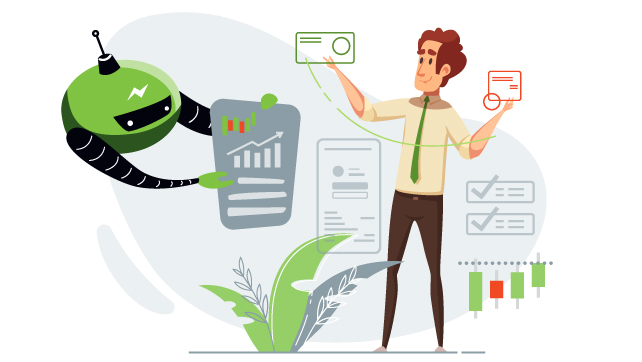
Who will Win?
AI and ML are nipping on our heels – it is the fact and the current reality. In 2020, there is no place for "AI for AI's sake". The technologies in question moved from experimental grounds to everyday life and managed to dominate fast in many fields.
However, due to its complicated nature trading is still a bit loof when it comes to machine learning and artificial intelligence. Computers are helping a lot in processing large amounts of past data and are learning to replicate traders’ intuition in patterns. The latter is a tricky task, so it takes a lot of time and resources. But already now experts can offer additional market insights by processing social media posts, financial statements, news. They taught machines to distinguish relevant and irrelevant info and generate trading signals for long-term strategies.
ML is used for fraud prevention and elimination of fake identities. Besides, the technology is irreplaceable for high-frequency trading.
For now we are collaborating with machines and no rivalry is involved. What's next – only time will show.




